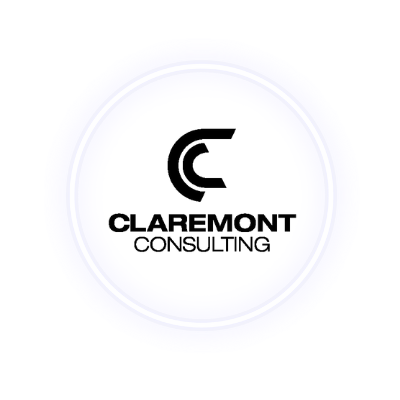The Art of Writing an Effective Job Description
Tips and Best Practices

In today's competitive job market, crafting an effective job description is a critical step in attracting the right candidates. A well-written job description not only communicates the role's responsibilities but also paints a vivid picture of your company's culture and values. In this guide, we'll explore the art of writing a compelling job description that captures the attention of top talent.
Start with a Clear and Informative Job Title
The first impression matters. Begin your job description with a clear and concise job title. Avoid using jargon or overly creative titles that may confuse potential applicants. Instead, use industry-standard titles that accurately reflect the role and its seniority level.
Begin with a Captivating Introduction
Hook your potential candidates from the start. Begin your job description with a compelling introduction that outlines the role's significance within your organisation. Describe how the role contributes to the company's mission and growth.
Define Responsibilities and Expectations
Clearly list the key responsibilities and expectations for the role. Use bullet points or subheadings to make this information easily scannable. Be specific about daily tasks, long-term projects, and any performance metrics. Consider using action verbs to convey the dynamism of the role.
Highlight Qualifications and Requirements
Clearly outline the qualifications and requirements candidates must meet. Distinguish between "must-haves" and "nice-to-haves" to help candidates gauge their suitability for the position. Specify educational qualifications, experience, technical skills, and any certifications required.
Emphasise Your Company Culture
Job descriptions are not just about the role; they are an opportunity to showcase your company culture. Use a section to briefly describe your company's values, mission, and workplace culture. Highlight what sets your organisation apart from others.
Sell the Opportunity
What's in it for the candidate? Highlight the benefits and perks of the job, such as competitive salary, health benefits, professional development opportunities, and work-life balance. Remember, candidates are not just evaluating your company; you are also assessing them.
Optimise for SEO
To reach a wider audience, incorporate relevant keywords throughout your job description. Use SEO tools to identify keywords that job seekers commonly use when searching for similar roles. Ensure that your job posting is easily discoverable on popular job boards and search engines.
Keep It Concise
While it's important to provide comprehensive information, avoid overwhelming candidates with lengthy descriptions. Aim for clarity and brevity. A well-structured job description is typically between 300 to 700 words.
Include a Call to Action
Encourage potential candidates to apply by including a clear call to action (CTA) at the end of the job description. Use action-oriented language, such as "Apply Now," "Join Our Team," or "Start Your Journey."
Review and Edit
Before publishing your job description, have it reviewed by colleagues or peers for clarity, grammar, and accuracy. A polished job description reflects positively on your organisation's professionalism.
Crafting an effective job description is both an art and a science. It requires a careful balance of clarity, enthusiasm, and optimisation. By following these tips and best practices, you can create job descriptions that not only attract the right candidates but also set the stage for a successful recruitment process. Remember, a great job description is the first step toward building a talented and motivated team that can drive your organisation's success.





